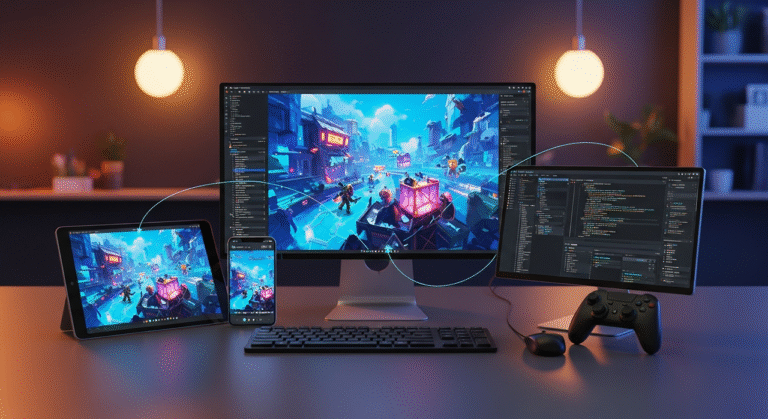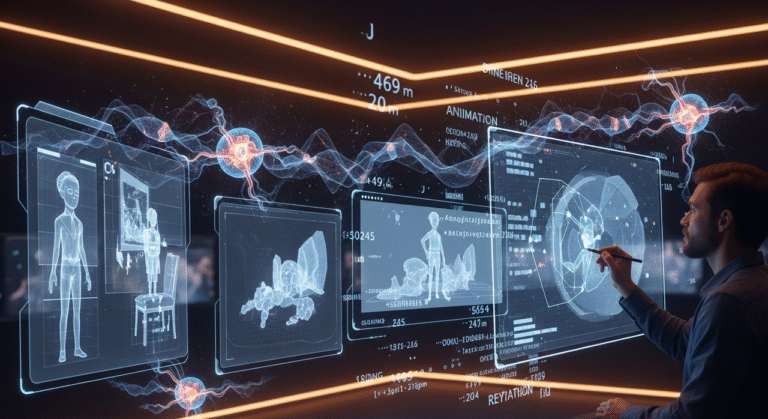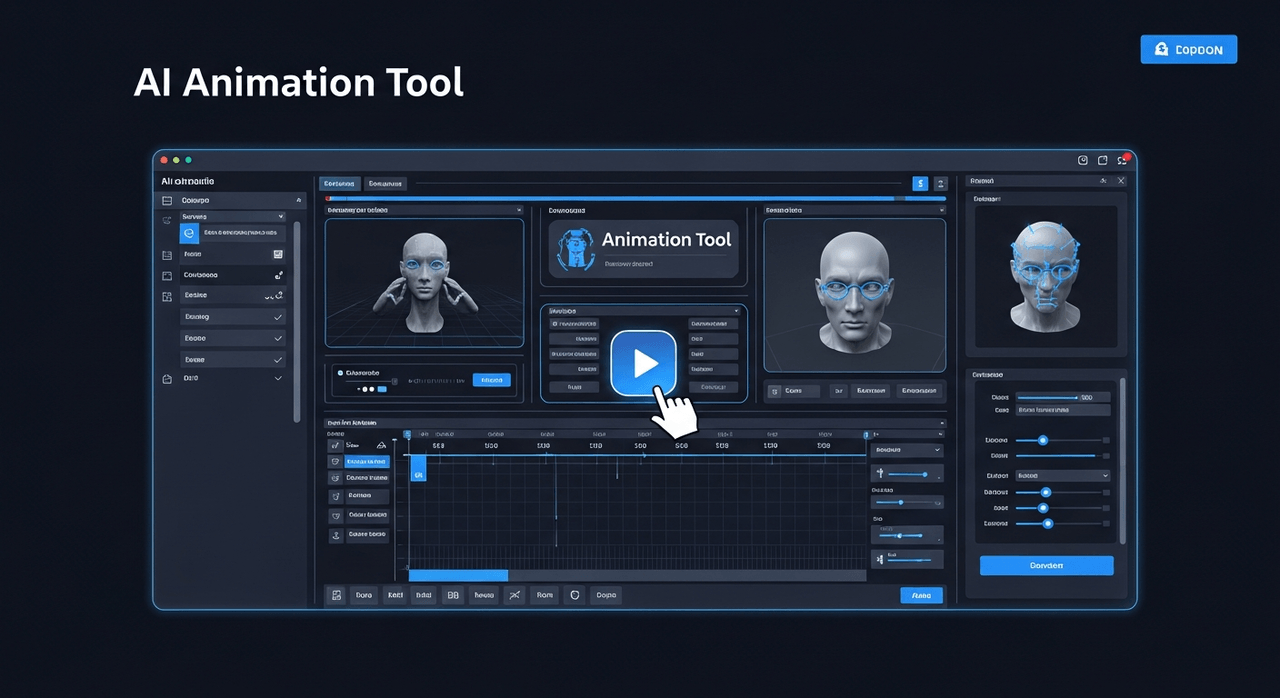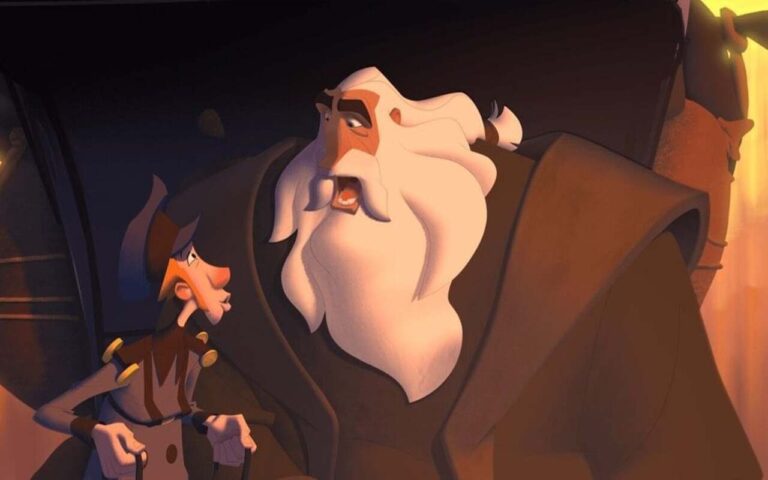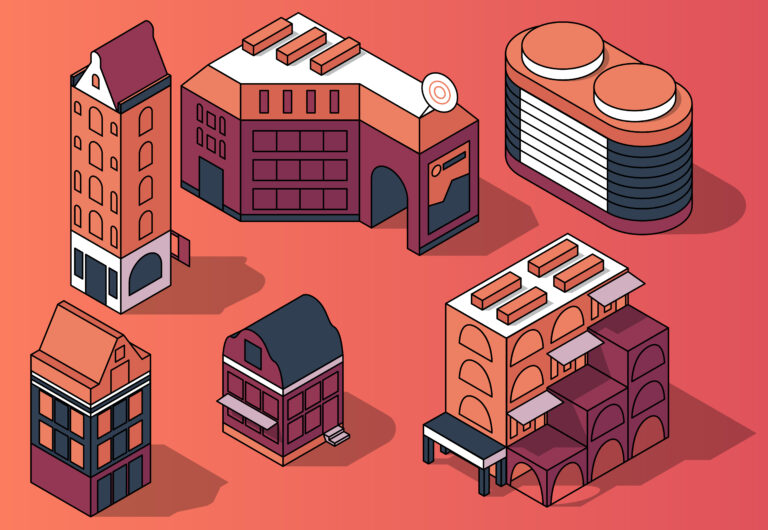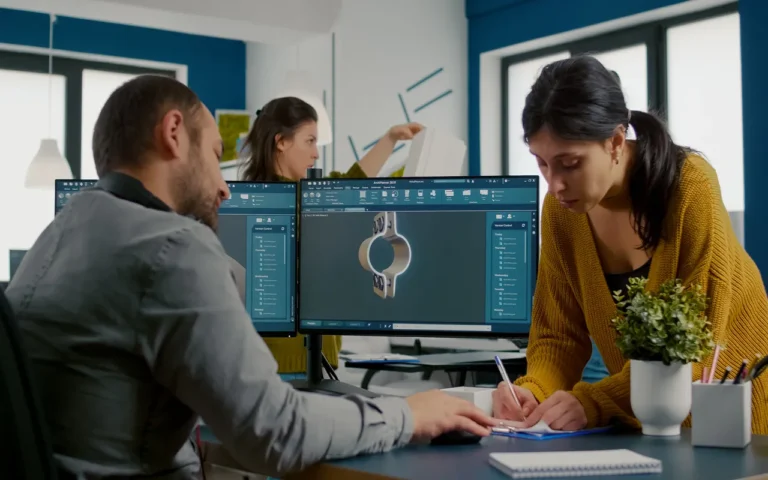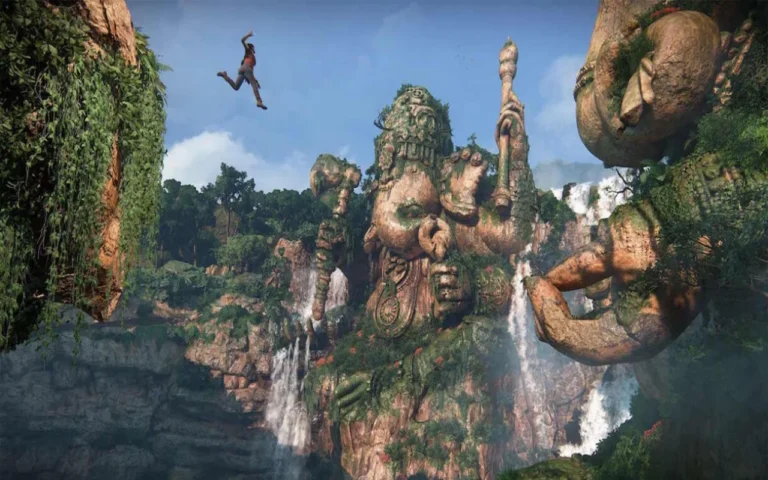Think of pre-production not just as the starting line, but as the very foundation upon which amazing games, especially the visual artistry, are built. For any game art studio, it’s so much more than just getting organized; it’s a time for really letting your creativity flow, making smart choices about the direction, and planning every little detail. This planning isn’t just helpful – it truly shapes how the whole project goes and how good it ends up being.
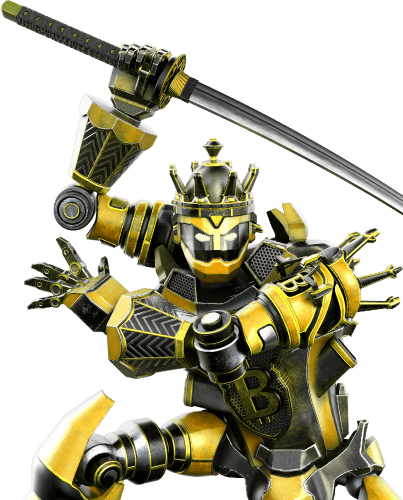
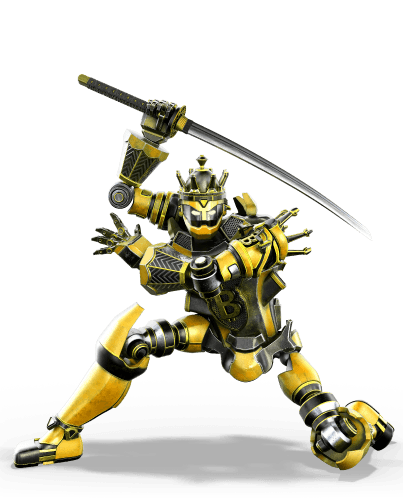
Need Game Art Services?
Visit our Game Art Service page to see how we can help bring your ideas to life!
What Is Pre-Production in the Game Art Pipeline?
Picture this: we’re about to build the sickest treehouse ever, and pre-production is that awesome brainstorming phase where everyone throws out wild ideas, sketching out designs, figuring out size, materials, and how it all fits – not building yet, just getting on the same page and dreaming big but realistically. It’s that same hyped-up energy in the game art world that kicks in even before any digital painting begins or the 3D modeling process gets underway. All the artists, designers, everyone gets together to hash out the game’s visual style – the world, characters, the overall vibe – while also tackling the practical stuff like team size, timelines, and technical limits. It’s all about laying a solid foundation so that when the art creation kicks off, everyone knows the plan, and we can build something seriously mind-blowing together.
Key Goals of Pre-Production Planning
pre-production planning has a few super important goals to nail to make sure the game’s art comes together smoothly. Basically, we need to figure out exactly what art we need to make by understanding the game’s story, how it plays, and who’s going to be playing it. Then, we got to figure out how much it’s all going to cost – the people, the software, everything – so we don’t run out of cash.
Next up is making a solid plan for when everything needs to be done, from the first sketches to the final touches, so we stay on schedule. We also need to get the right talented folks on board and know who’s doing what to make sure we have a killer art team. Plus, this is where we actually design all the cool stuff – the characters, the worlds, the overall look – so everyone has a visual guide. And finally, we got to sort out all the legal stuff early on to avoid headaches later. These steps are key to making sure the art pipeline runs like a well-oiled machine!
Stages of Pre-Production Planning in Game Art
The journey of pre-production planning in game art typically unfolds through a series of interconnected stages, each contributing a vital layer to the overall foundation of the project:
Concept Art Development
Concept art is basically where the game’s look is born. It’s the first time we actually see those abstract ideas and story bits take shape. We’ve got these super talented concept artists who can take written descriptions, gameplay ideas, and the art director’s overall vision and turn them into actual pictures.
They start by just throwing a bunch of ideas out there – quick sketches, rough shapes – and then they gradually refine them into more detailed paintings and illustrations. This back-and-forth process lets them try out different styles and slowly dial in the look of the main stuff, like characters, the world they live in, any weird creatures, vehicles, and all the little props. This stage is huge because it sets the tone for all the art, helps us spot any potential artistic roadblocks early on, and gives everyone a visual goal to aim for. Plus, there’s a lot of talking back and forth between the concept artists, the art boss, and other folks like the game designers to make sure the art actually fits the game and isn’t impossible to create.
Mood Boards and Style Guides
So, you know how you have those first cool sketches? Well, then we make these things called mood boards and style guides to really nail down the look and feel we’re after. Mood boards are basically like a big collage of inspiration – pictures, textures, colors, even little snippets of movies or music that just give you the vibe of the game. It’s how we make sure all the artists are picturing the same thing in their heads.
Then we’ve got the style guides, which are more like the actual rules for making the art. They tell you exactly how to use colors, what different surfaces should look like (like shiny metal or rough wood), how much detail to put in, and even the specific way you draw lines. It’s what makes sure that when you see a character next to a building, they feel like they belong in the same world, you know? It keeps everything consistent and polished.
Character and Environment Design
Once we nail the game’s overall look, we zoom in on characters and environments. Character design dives deep – personality, backstory, role, even movement – resulting in detailed sheets covering all angles, colors, and materials. World-building goes beyond pretty backgrounds, focusing on level layout, architectural style, environmental storytelling, lighting, and mood. It’s a team effort between concept artists, 3D modelers, and level designers to ensure everything looks amazing and works perfectly in the game.
Storyboarding and Animatics
When a game has a real story to tell, with cool cutscenes and those intense in-game moments, storyboarding and animatics become super important in the prep phase. Think of storyboards as visual scripts – a bunch of drawings that show the key parts of a scene, where the “camera” is, and what the characters are doing. They give everyone a clear picture of how these cinematic and important gameplay bits will look and feel, the rhythm of it all, and the emotional punch they’ll pack – all before anyone spends time actually animating or rendering anything fancy.
Animatics take those storyboards up a notch by adding basic movement, sound effects, and even some rough voice acting (often just temporary voices). This gives us a sneak peek at how the scene will play out in motion. We can see if the timing feels right, if the shots look good, and if it all works together. This early look helps us spot any problems and make changes before we pour a ton of effort into the final production.
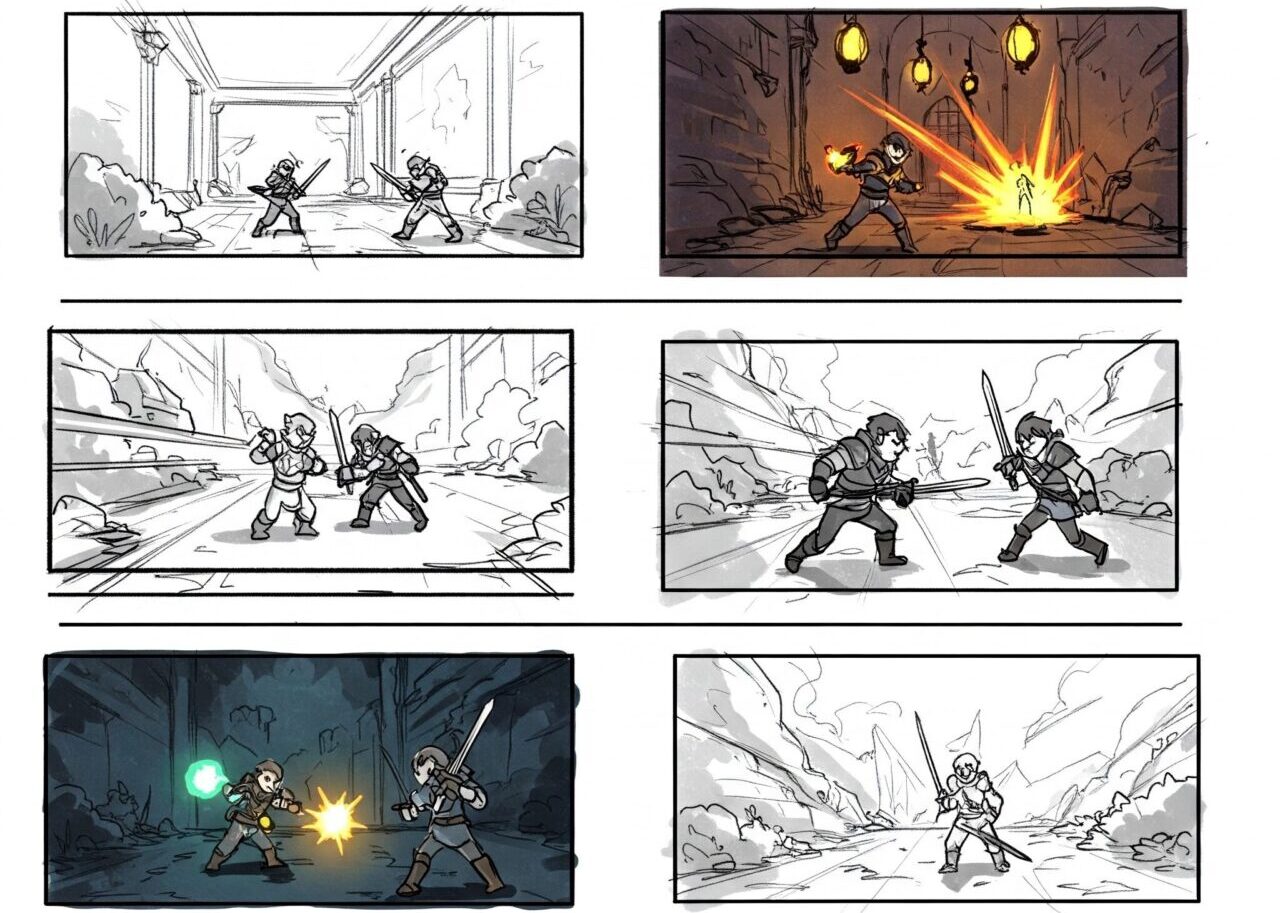
Read More: How to make a storyboard
Technical Planning and Asset List Creation
Okay, so while the initial stages are all about the fun, creative brainstorming, the technical planning is where we get real about how we’re actually going to build this visual feast and get it running smoothly in the game. This means hammering out the tech specs – things like the detail level of our 3D models, the crispness of textures, how we name our files so it’s not chaos, how characters will move (that’s 3D rigging!), and the animation process. Getting this nailed down early makes sure our artistic dreams can actually become reality on the target platforms and with our chosen tools.
A super crucial outcome of this tech deep-dive is our asset list – think of it as the ultimate inventory of every single piece of art we need to create for the game. This list becomes our trusty guide throughout the entire production, making sure nothing slips through the cracks and that we’re using our resources in the smartest way possible.
Tool and Software Selection
The selection of appropriate tools and software is a critical decision made during pre-production. The choice of 3D modeling software (e.g., Maya, Blender, ZBrush), texture painting tools (e.g., Substance Painter, Photoshop), animation software (e.g., MotionBuilder), and even the game engine itself (e.g., Unity, Unreal Engine) can significantly impact the art pipeline’s efficiency and the final visual quality of the game.
This decision often involves evaluating factors such as the team’s existing expertise, the specific artistic requirements of the project, budget considerations for software licenses, and the interoperability of different tools within the pipeline. Making informed decisions about tool and software selection early on streamlines the production process and minimizes potential technical roadblocks later in development.
Importance of Pre-Production in Game Art
The significance of a well-executed pre-production phase in game art cannot be overstated. Its impact reverberates throughout the entire game development lifecycle, influencing everything from the project’s budget and timeline to the final artistic quality and overall success
Reduces the Risk of Costly Mistakes and Rework Later in the Development Cycle
By thoroughly planning and visualizing the art assets upfront, pre-production minimizes the likelihood of significant artistic revisions or technical challenges emerging during the more resource-intensive production phase. Identifying potential issues early allows for course correction before substantial time and money have been invested in creating flawed or misaligned assets.
Ensures Artistic Cohesion and a Consistent Visual Style
The detailed planning and documentation undertaken during pre-production (such as style guides and mood boards) are instrumental in establishing a unified visual style for the game. This ensures that all art assets, regardless of which artist creates them, adhere to a consistent aesthetic, contributing to a more immersive and believable game world.
Facilitates Better Communication and Collaboration Among Team Members
Pre-production provides a shared understanding and a common visual language for the entire art team and even other development disciplines. Clear documentation, concept art, and storyboards serve as effective communication tools, minimizing misunderstandings and fostering smoother collaboration throughout the project.
Helps to Establish a Realistic Schedule and Budget
The detailed planning involved in pre-production allows for more accurate estimations of the time and resources required for art asset creation. This leads to the development of a more realistic schedule and budget, reducing the risk of delays and cost overruns that can plague projects with inadequate upfront planning.
Collaboration and Communication During Pre-Production
Getting things rolling in a game hinges on everyone being on the same page and actually talking to each other – especially the art crew! They got to be tight-knit within their team, yeah, but also have solid chats with the design whizzes and the coding gurus.
Think of it like grabbing coffee or having quick stand-ups – these chats, whether they’re formal meetings or just shooting the breeze, let folks toss ideas into the ring, give their two cents, and flag any potential headaches early on.
Plus, having crystal-clear documentation – you know, the initial concept art, the overall vibe, and straightforward lists of all the assets needed – it’s like having a shared playbook. Everyone knows the score. And using cool tools like project management software and chat platforms? Total game-changer for keeping things streamlined and making info sharing a breeze.
When folks feel they can speak their minds openly and honestly, it’s like they’ve all got skin in the game. And when you pool all that brainpower together? You’re going to cook up some seriously stunning visuals!
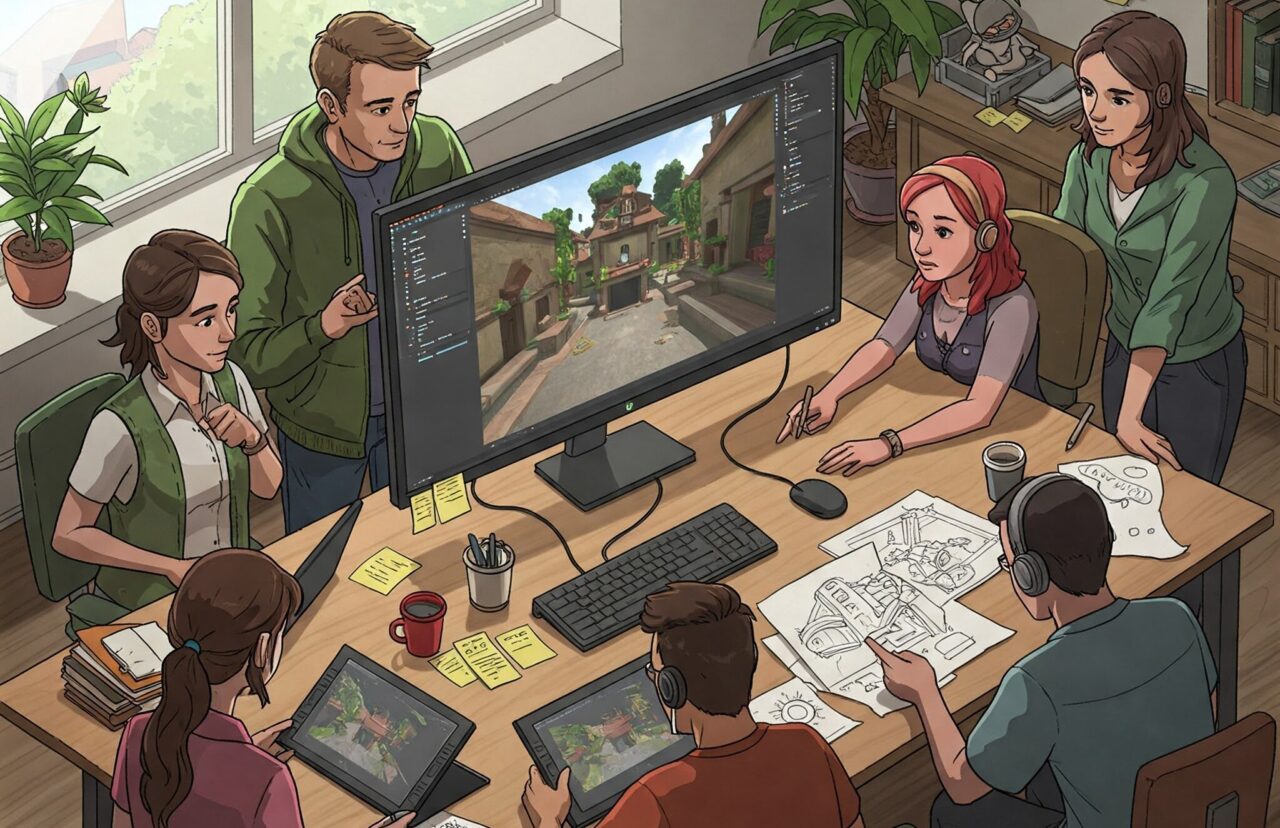
Creating a Pre-Production Document or Game Art Bible
The final result of all that pre-production work is often a super important document called the game art bible. Think of it as the ultimate guidebook for everything related to how the game should look. It’s got all the key stuff from pre-production gathered in one place: detailed concept art, the official style guide, character and environment designs, storyboards, the list of all the assets, and all the technical details.
This game art bible isn’t just something you create once and forget about; it’s a document that the whole art team uses constantly throughout development. It makes sure everyone’s on the same page and that the game’s art stays consistent with the original vision. It’s also incredibly helpful for bringing new people onto the team and for clearing up any confusion about the art or technical side of things that might pop up during production.
Best Practices for Pre-Production Planning
To maximize the effectiveness of pre-production planning in game art, several best practices should be embraced:
Start Early
Initiating pre-production as soon as the core concept of the game begins to solidify provides ample time for thorough planning, creative exploration, and iterative refinement. Rushing the pre-production phase can lead to significant problems down the line.
Be Thorough
Comprehensive planning is key. Don’t skimp on the details. Ensure that all aspects of the game’s art direction, visual style, and technical requirements are documented clearly and comprehensively.
Communicate Effectively
Foster open and consistent communication among all team members and stakeholders. Regular feedback sessions and clear documentation are essential for maintaining alignment and addressing potential issues proactively.
Visualize Everything
Utilize concept art, mood boards, storyboards, and even early prototypes to visually represent the game’s artistic vision. Visual communication is often more effective than relying solely on written descriptions.
Be Flexible
While a detailed plan is crucial, be prepared to adapt and iterate based on feedback, new information, or unforeseen challenges. Pre-production should be an agile process that allows for adjustments as the project evolves.
Involve the Entire Art Team
Encourage input and participation from all members of the art team during pre-production. This fosters a sense of ownership and ensures that diverse perspectives are considered.
Document Everything
Maintain meticulous documentation of all decisions, designs, and technical specifications. This documentation serves as a valuable reference throughout the production process and for future projects.
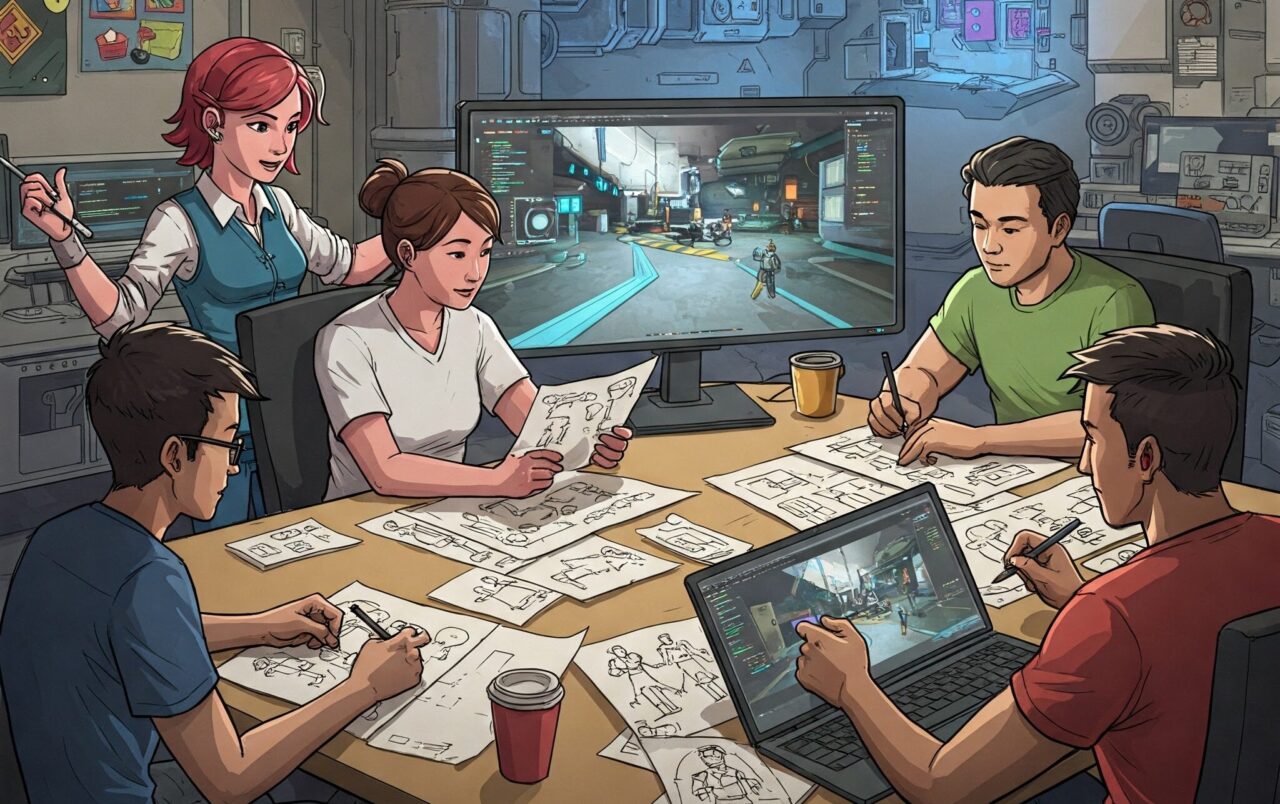
Challenges in Pre-Production and How to Overcome Them
Despite its critical importance, pre-production is not without its challenges. Recognizing these potential pitfalls and implementing strategies to overcome them is essential for a successful outcome:
Unclear Vision or Script Issues
If the core concept of the game or the underlying narrative is not well-defined, it can be difficult to establish a clear art direction. Solution: Dedicate sufficient time upfront to refine the game’s concept and ensure that the script or narrative outline is solid before diving into detailed art planning.
Budget Constraints
Limited financial resources can restrict the scope of artistic ambitions. Solution: Establish a realistic budget early in pre-production and prioritize key artistic elements. Explore cost-effective solutions and consider the potential for outsourcing specific tasks if necessary.
Tight Deadlines
Sometimes, external pressures can lead to compressed pre-production timelines. Solution: Even with tight deadlines, strive to allocate sufficient time for the most critical planning stages. Prioritize tasks and focus on establishing the core visual style and technical requirements.
Creative Differences and Team Conflicts
Disagreements on artistic direction or working styles can arise within the team. Solution: Foster open communication and establish clear decision-making processes. The art director plays a crucial role in mediating conflicts and guiding the team towards a unified vision.
Technical Uncertainty
Lack of clarity regarding the target platform or technical limitations can hinder art planning. Solution: Collaborate closely with the programming team early in pre-production to understand the technical constraints and ensure that the artistic vision is technically feasible.
Scope Creep
The tendency for the project’s visual requirements to expand beyond the initial plan can derail the schedule and budget. Solution: Establish a clear scope during pre-production and implement a robust change management process to control any requests for additional art assets.
Case Studies
Examining real-world examples can further illuminate the critical role of pre-production planning in the success (and sometimes challenges) of game development:
Cuphead’s Pre-Production: A Visual Masterpiece
The development of Cuphead demonstrates the crucial role of pre-production in establishing a distinctive artistic vision. The game’s unique 1930s-style animation, achieved through meticulous hand-drawn textures and techniques, physical models, and even live-action elements for things like the opening book, was thoroughly planned during pre-production. This extensive work ensured a consistent animation style, streamlined production, and ultimately resulted in a memorable aesthetic that contributed to Cuphead’s critical success.
Batman Begins – Pre-Production for Film Adaptation
The development of the Batman Begins video game exemplifies a pre-production process heavily influenced by its source material. To ensure an authentic and immersive experience, the game developers collaborated closely with the film team, gaining access to designs, assets, and creative insights. This collaboration was crucial in translating the film’s atmosphere—its stark, gritty portrayal of Gotham City and Batman’s use of fear—into the game’s mechanics and narrative. The pre-production phase focused on capturing the film’s visual style and tone, even securing the involvement of the film’s actors to reprise their roles, which ultimately shaped the game’s design, from the depiction of Gotham’s verticality to the balance of Batman’s abilities.
Conclusion
For game art, pre-production planning is super important. It’s where you turn those initial ideas into something you can actually see, balancing the artistic goals with what’s possible, and setting up a good workflow for the art team. Doing pre-production right—with things like concept art, mood boards, character designs, storyboards, tech planning, and picking the right tools—really cuts down on problems in big projects.
